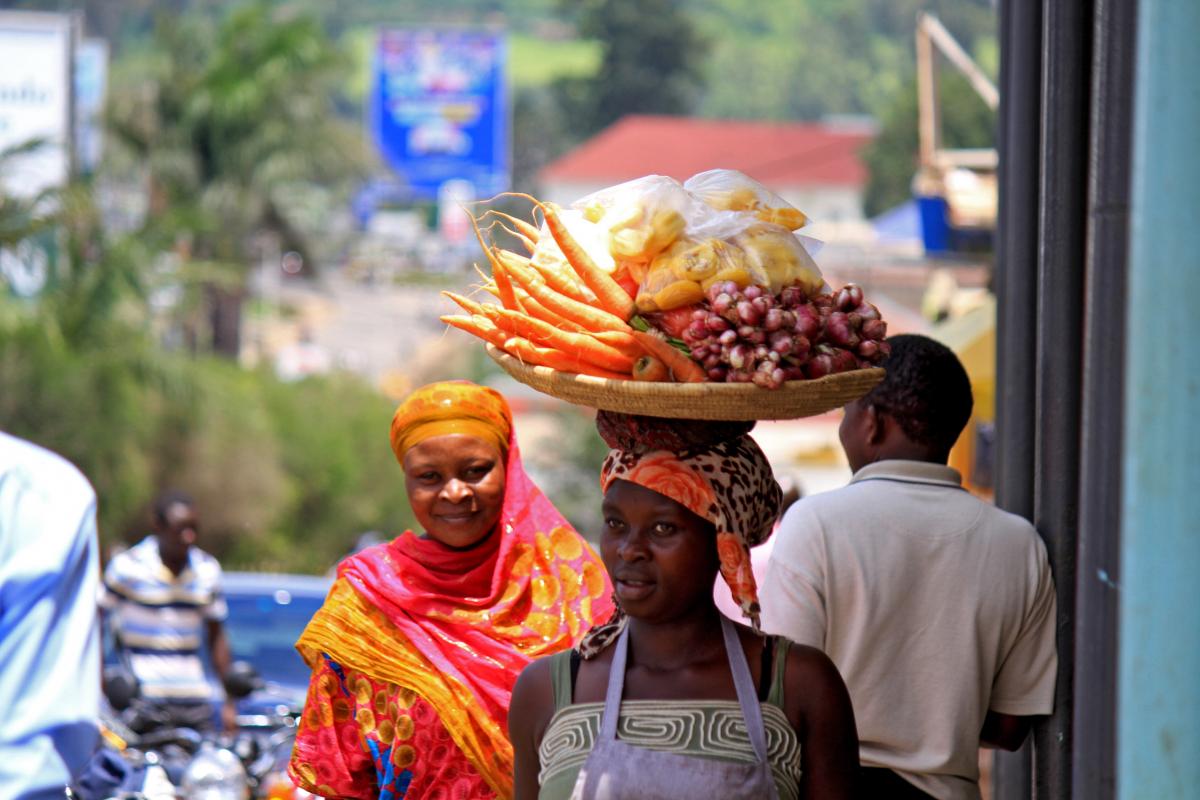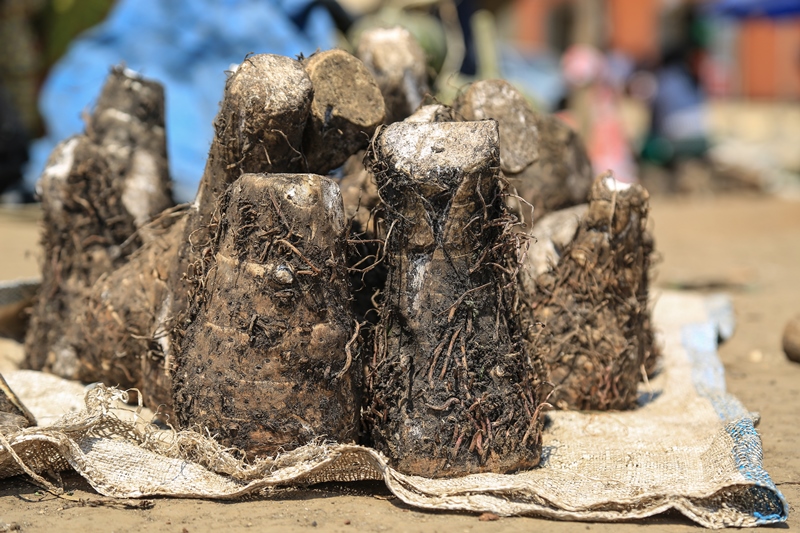Agriculture remains the backbone of Kenya’s economy. According to Economic Survey 2020, the overall growth for agriculture was 3.6 percent. The sector accounts for 80 percent of national employment mainly in rural areas. Agriculture contributes foreign exchange earnings while providing for most of the food requirements. However, according to the Ministry of Agriculture, Livestock and Fisheries’ Strategic Plan (2013-2017) it is estimated that about 47 percent of Kenya’s population is food insecure.
About 2 million are in constant need of food relief, with the figure rising to almost 4 million during floods and drought. The current food insecurity problems can be attributed to the frequent droughts and floods, high costs of food production due to high costs of farm inputs, high food prices and lower purchasing power for large proportion of the population due to high levels of poverty.
Kenya has a large diversity of plants, animals, aquatic and microbial organisms that provide a wide range of ecosystem services important for food production and food security. Nevertheless biodiversity of plants and species is declining due to climate change, market forces, urbanization, drought, floods, and population increase that are putting pressure on land. Genetic diversity has been lost as many farmers have abandoned their traditional crops in favour of high yielding and market friendly crops. Moreover the diversity of crops available in the local markets is a handful of staple foods and livestock.

Current challenges in preserving biodiversity
As the food production patterns have changed to industrial farming, there is more and more use of pesticides, herbicides and mineral fertilizers. Farmers use chemicals to spray their land before ploughing and after planting to control weeds. These continued use of chemicals to spray food crops have not only polluted the food we eat undermining their nutrition value but also damaged the environment, rivers and underground water resources posing danger to human health.
Climate change is contributing to erosion of biodiversity through the intermittent floods and droughts as witnessed in 2019 with the delay of the rainy season while in 2020 the nation is experiencing floods that have impacted several communities in the western and coast regions of Kenya. This has led to increased unpredictability of planting seasons as farmers no longer know when to plant their crops. Last year when farmers were about to harvest their crops there was a heavy rain caused by the Indian Ocean Dipole leading to destruction of cereal crops such as maize and wheat while in 2020 farmers have had their crops washed away due to floods. These effects require strategies for building resilience and enhancing adaptability to climate change among the farmers especially smallholder farmers.
What can be done
To reverse the current trends, agriculture practices that are entirely dependent on external inputs for crop production should change and instead embrace sustainable agriculture systems that embrace agro-biodiversity while meeting the dietary needs of the increasing population. Some of the existing approaches such as the integrated pest management, conservation agriculture, organic agriculture and agro-ecology should be promoted to enhance agro-biodiversity at farm level. These practices contribute to increased biodiversity through soil conservation, natural pest control, weed management and deliver on safe, healthy and nutritious foods for a healthy diet.
There is also need to build resilient agricultural systems to address the climate change effects. Agricultural practices such as zero tillage, use of compost manure, mulching, use of cover crops, crop rotation, mixed cropping systems and use of drought tolerant crops are strategies that can result in the maintenance of soil cover and increased organic matter while increasing soil moisture that is important for crop production. Biodiversity through use of locally adaptable variety of seeds build resilience to climate change thus spreading the risks associated with crop losses. Community seed banks should be promoted to enhance biodiversity, seed access and food sovereignty at household levels.
On diets, several studies have shown that there is a correlation between low dietary diversity and malnutrition. Therefore it is important that consumers are sensitized on the benefits of eating healthy diets that are diverse, for their own health and the health of ecosystems. This will increase the demand and production of diverse foods.

Rebecca Tanui, BEACON
The Sustainable Diets for All Programme seeks to improve the national and local food systems in order to achieve a more sustainable, affordable, healthy, nutritious and affordable foods for low-income earners. The programme focuses on citizen participation, lobby and advocacy (influencing policies and practices of market and government actors) and strengthening of advocacy capacities of civil society actors in implementing countries.
In Kenya, Hivos is working with Building Eastern Africa Community Network (BEACON) as the implementing partner. BEACON is a network of organizations championing sustainable resource management, resilient livelihood systems, governance and economic justice.




